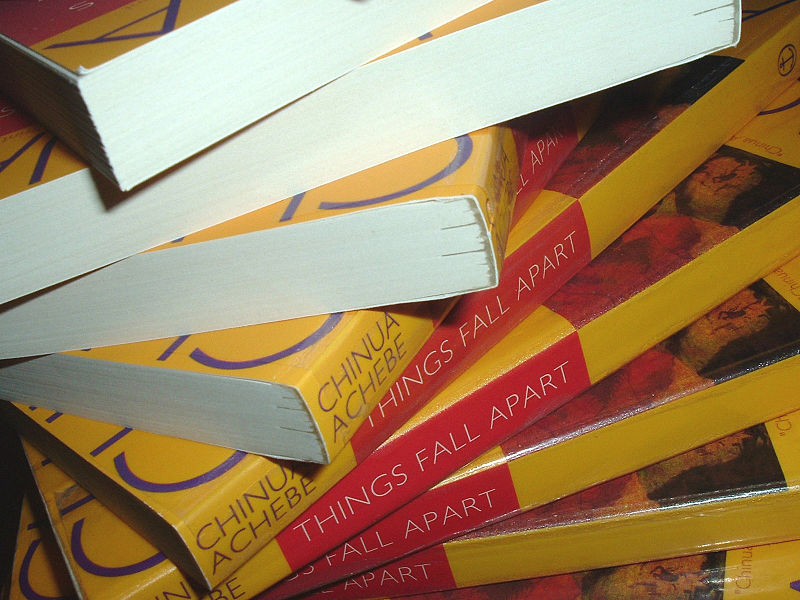Interested in starting or adding to a collection of Civil War literature? We think the anniversary of the death of Ulysses S. Grant is a good day to discuss some titles and editions that are important to keep in mind for anyone interested in this period in United States history. Indeed, Grant himself has a noteworthy memoir that graces our list. Beyond the Union general, however, you’ll see that a collection of Civil War literature can span from novels to poems to autobiographies and everything in between. Happy collecting!
us toll free: 1-800-948-5563 international: +1 (843) 849-0283 UK: +44 (0) 1334 260018























